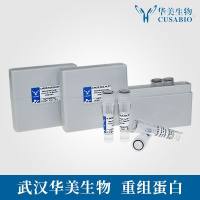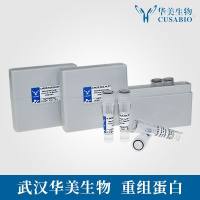Regulation of Extracellular Concentrations of d-Serine in the Central Nervous System Revealed by d-Amino Acid Oxidase Microelectrode Biosensors
互联网
互联网
相关产品推荐

4-AMINO-3-CHLORO-BENZOIC ACID ETHYL ESTER
¥50

ELAVL2 HUB/ELAVL2 HUB蛋白Recombinant Human ELAV-like protein 2 (ELAVL2)重组蛋白ELAV-like neuronal protein 1;Hu-antigen B ;HuB;Nervous system-specific RNA-binding protein Hel-N1蛋白
¥1344

重组人Prostatic Acid Phosphatase/ACPP蛋白
¥4260

Recombinant-Mycoplasma-pneumoniae-Oligopeptide-transport-system-permease-protein-oppCoppCOligopeptide transport system permease protein oppC
¥12124

Recombinant-Rat-V-type-proton-ATPase-subunit-e-1Atp6v0e1V-type proton ATPase subunit e 1; V-ATPase subunit e 1 Alternative name(s): D-serine-regulated transcript 1 protein; DSR-1 V-ATPase 9.2 kDa membrane accessory protein V-ATPase M9.2 subu
¥9492

